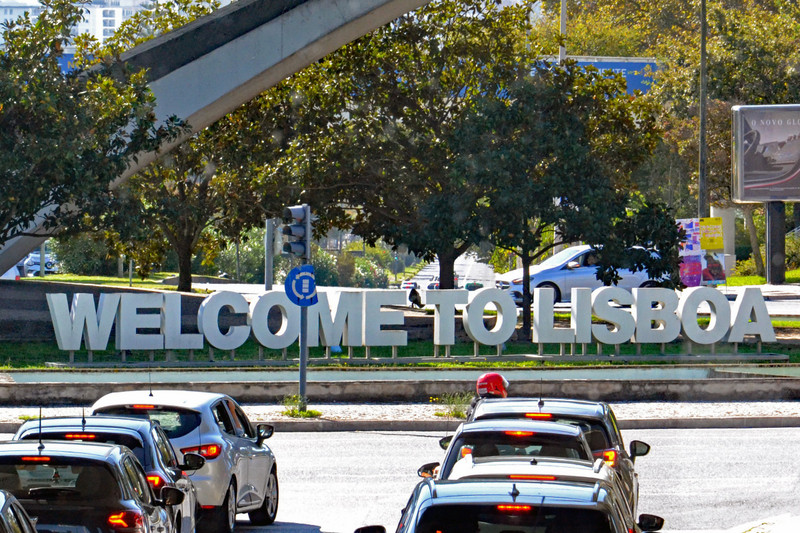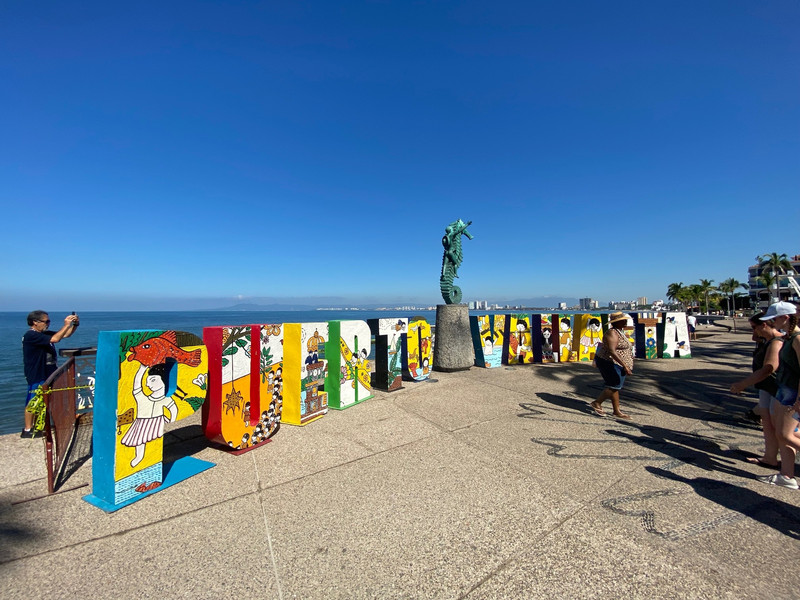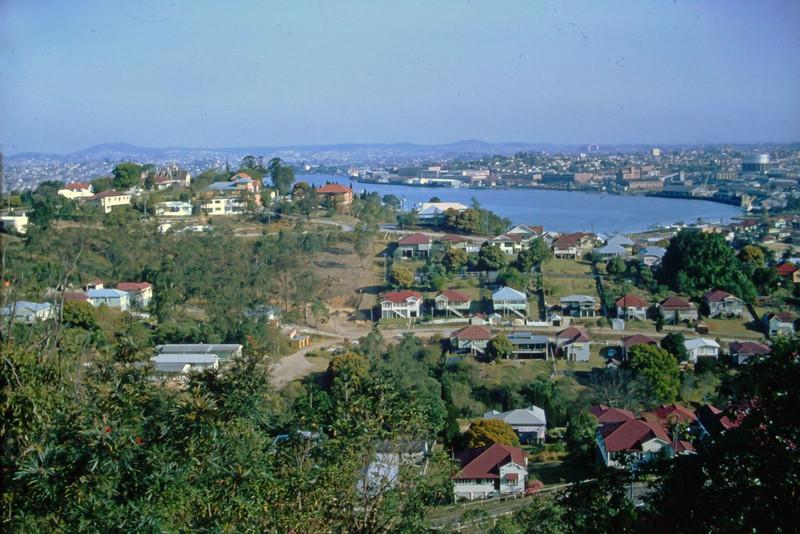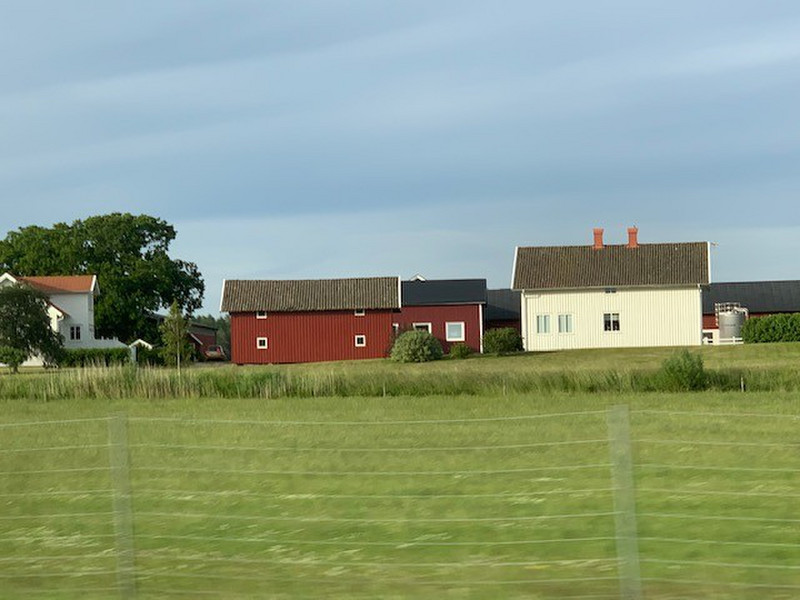Have you heard of Spanish Priorat wine? During the Middle Ages, as the story goes, a villager had a vision of angels ascending and descending a stairway to heaven in the region. The next year, King Alfonso II of Aragn founded a small town and Carthusian monastery on the spot. The monastery became known as La Cartoixa, (Catalan for charterhouse, another name for a Carthusian monastery) and the town, Scala Dei (Gods stairway). Given the important presence of the monks, the region came to be known as Priorato, from the Spanish word for priory. Today, although the monastery has been long abandoned, the little hamlet nearby is still known as Scala Dei, and one of the oldest and best wineries in the region—Cellers de Scala Dei—operates in some of the old buildings that once belonged to the monastery. (The Scala Dei wine called Cartoixa, a blend of Garnacha and Carinea, is massive, savory, and delicious).Can there be bad cheese partners? Of course. Here is one that I found interesting, since I often have a glass of Cab with my salad. But Winespeed explains it all: While
blue cheeses such as Roquefort, Stilton, and Gorgonzola, and are lovely with fortified sweet wines like Port, they are usually terrible partners for Cabernet Sauvignon. Blue cheese is so powerful and salty that it strips the character right out of Cabernet and other red wines and makes them taste bland and dull. While it may be tempting to add a dollop of blue cheese to a grilled steak, know that the Cabernet Sauvignon youre having alongside is going to suffer. A better pairing with Cabernet Sauvignon, according to Max McCalman, the first matre fromager (person in charge of cheese)— in a North American restaurant —would be Carmody, a cows milk cheese. A, B, and D are among his other favorite matches. Lesson learned!Do you think they named the after this? Veraison is happening right now all over California. Its the time in a vines growing cycle when grape berries begin to soften and change color. White grapes go from green to yellowish, and red grapes go from green to dark red or purple. Veraison is important to winemakers because it signals the
onset of final ripening before harvest.Speaking of old world wines, how about some port? Can you believe a 130%!g(MISSING)rowth in dry table wines produced in the Douro region of Portugal since 2005? According to Harpers, the Douro, which is known mostly for Port, first began making dry wines 70 years ago. Within the last 15 years, however, the number of dry wine producers in the region has doubled. The hope is to counteract falling sales of Port which have declined 26%!s(MISSING)ince 2006. Even in Europe, I rarely saw many people drinking port, whether Europeans, young or old.Like many of you, I love the oyster and I try to enjoy it at iconic places, like Harrods in London, or Joes Stone Crabs, of Pike Market in Seattle. Why do we enjoy Why are sparkling wines and oysters such a fine match? One reason is that their flavors are and contrasting. Oysters of course have a distinctive briny, saline quality from the seawater the bivalves filter through their plump, rich bodies. Sparkling wines have crisp acidity and sometimes a minerally quality the brininess of the oysters. And while both oysters and sparkling wine have fresh flavors, a sparklers acidity cuts through the oysters powerful sea flavors while refreshing the palate for another slurp. And finally, for anyone who loves texture, its hard to find two more textural indulgences than oysters and bubbly. FYI, the Fanny Bay oysters from Puget Sound are my favorite!!Perhaps you remember when Mr. Mike and I were in Budapest, and buying some Takaj. Here is an interesting story about tokaj. From the 1600s through the early part of the 1700s, the vineyards of in northeastern Hungary were considered so sacred that anyone caught swearing could be fined, and the fine was often doubled if the swearer was a nobleman.









